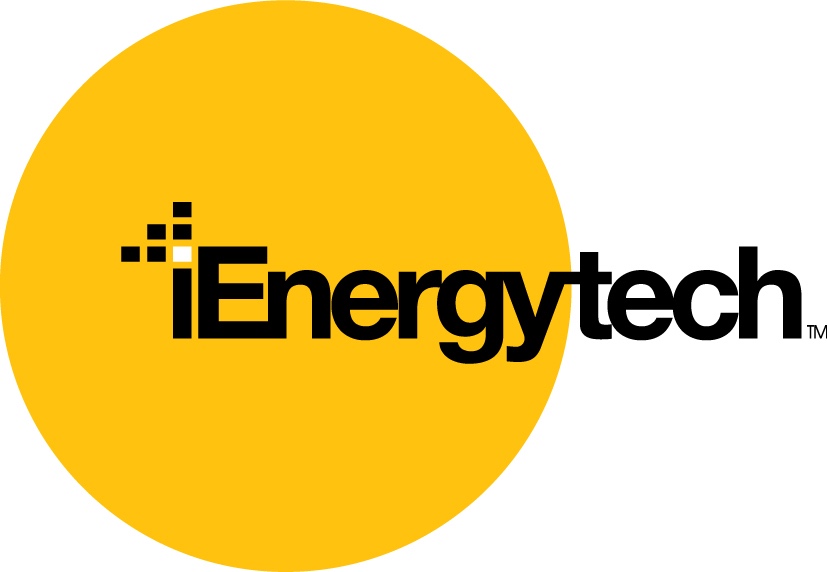Image taken at Monbulk Aquatic Centre in Victoria. The image shows the path the sun will take from morning (left-hand side) to evening (right-hand side and from winter (northernmost arc) to summer, southernmost arc. This image shows that Solar is viable at this location.
A Nearmap image for the same site. The long shadows shown in this image dated 03 Aug 2014, would suggest the site is not viable for solar, or at least cast enough doubt to influence the design and increase costs unnecessarily. Having correct data is therefore important.
Shade Study
Solar PhotoVoltaics requires photons from Sunlight to work. Any shading on the modules would have the effect of reducing the output of a single module or even a whole string. Depending upon the string configuration in the overall system, this can affect a significant portion of a PV sub array or even array.
Consequently it is important to design a system to ensure that shading is avoided and if unavoidable, then managed through the use of module-level optimisation be that in the form of DC-DC optimisers (such as Tigo) or Microinverters.
SunEye 210
iEnergytech has extensive experience in carrying out detailed shade checks with the use of various specialised tools. One of the most accurate and advanced tools is the SunEye 210 and all iEnergytech teams are equipped with this device and trained in its use. The SunEye has a built-in GPS and for each given location it will load the appropriate sun path for the whole year. So, the user can see, regardless of when the image is taken, a global view (for a full year) the impact of shade at that location.
Shade checks make it possible for accurate yield estimates to be made and the optimal roof area to be identified.
Satellite imagery
An alternative to the SunEye is the use of Nearmap, which often has multiple photos of a site at different times of the year. But as anyone who has carried out detailed shade checks will tell you, the Nearmap analysis is very rudimentary compared to a site visit and a roof check with a SunEye 210.
Phone Apps
There are a number of phone apps available in the market today, and growing. While these apps give a glance of a shade situation at a given point in time of the year, they don’t given shade losses as a SunEye 210 does.


